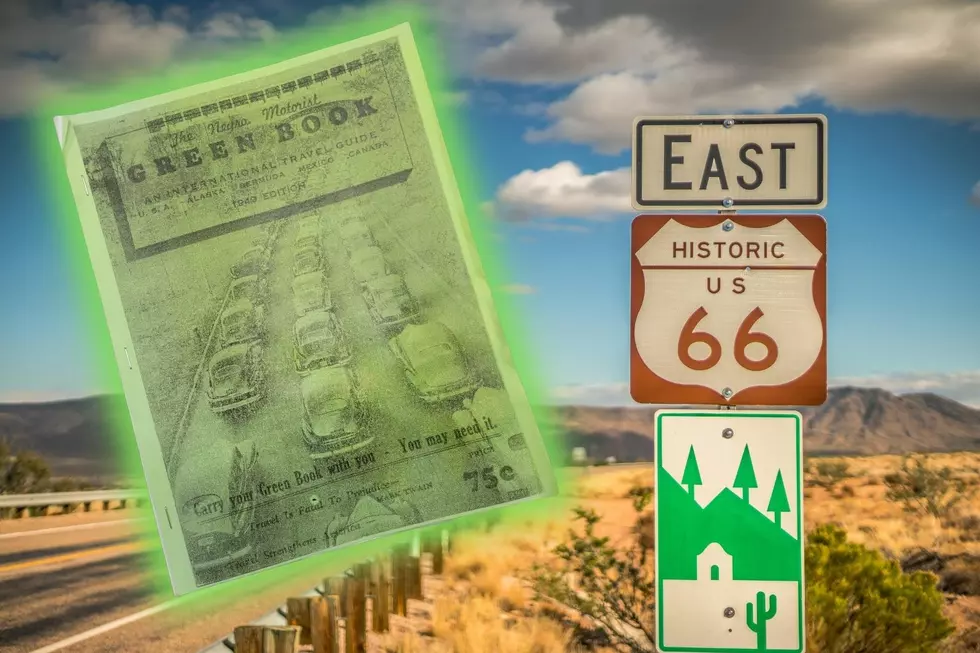
The Untold Story of Route 66 and the Green Book
I grew up at a time Route 66 was the jewel in the crown. No other road captured the enchantment of American passion like Route 66.
The "Mother Road" connected urban cities to rural small towns, from Chicago to Los Angeles, crossing eight states and three time zones.
Route 66 is a national treasure, known around the world. It has its own famous tune, inspiring not only musicians, but filmmakers, classic authors and pop culture. The road was famous for the iconic gas stations, motels and diners.
It represented freedom to travel this vast nation. In most photos, you'll see white, middle-class families – but the thrilling adventure of seeing all the iconic sites was not the same for all Americans.

Being Black and traveling Route 66 during segregation was potentially life-threatening. You might assume the West was more progressive than the South, but in fact, it wasn't.
Segregation was in full force throughout the country. Motels along 66 banned Black people, who couldn't shop, sleep or eat at most white-owned businesses. The majority of communities along Route 66 were all white.
The U.S. Census listed these places as "sundown towns." Some communities posted signs warning it was a local law that Black people had to leave town by sunset. Outrageous Jim Crow laws meant if Black families wanted or needed to travel, they had to pack blankets and pillows, food, water and extra gasoline.
To address this problem, Victor Hugo Green, a Black postal worker from Harlem, New York, published the Negro Motorist Green Book, the bible of Black travel, from 1936 to 1964, as an International Travel Guide for the United States, Canada, Mexico and Bermuda. He found a model for his publication in the guides for Jewish travelers that appeared in Jewish newspapers.
Green used a network of fellow workers to gather information about their cities and towns across America. All I will tell you is take a look through the Green Book online. If ignorance is the root of prejudice, the Green Book is required reading.
In his introduction to the 1948 edition, Green wrote:
"There will be a day sometime in the near future when this guide will not have to be published. That is when we as a race will have equal opportunities and privileges in the United States. It will be a great day for us to suspend this publication for then we can go wherever we please, and without embarrassment."
LOOK: Route 66’s quirkiest and most wonderful attractions state by state
See the Must-Drive Roads in Every State
More From WBSM-AM/AM 1420









